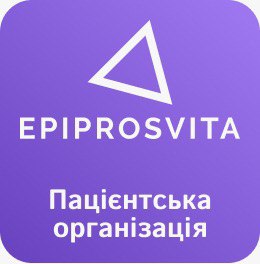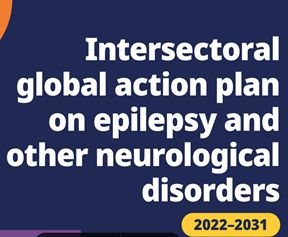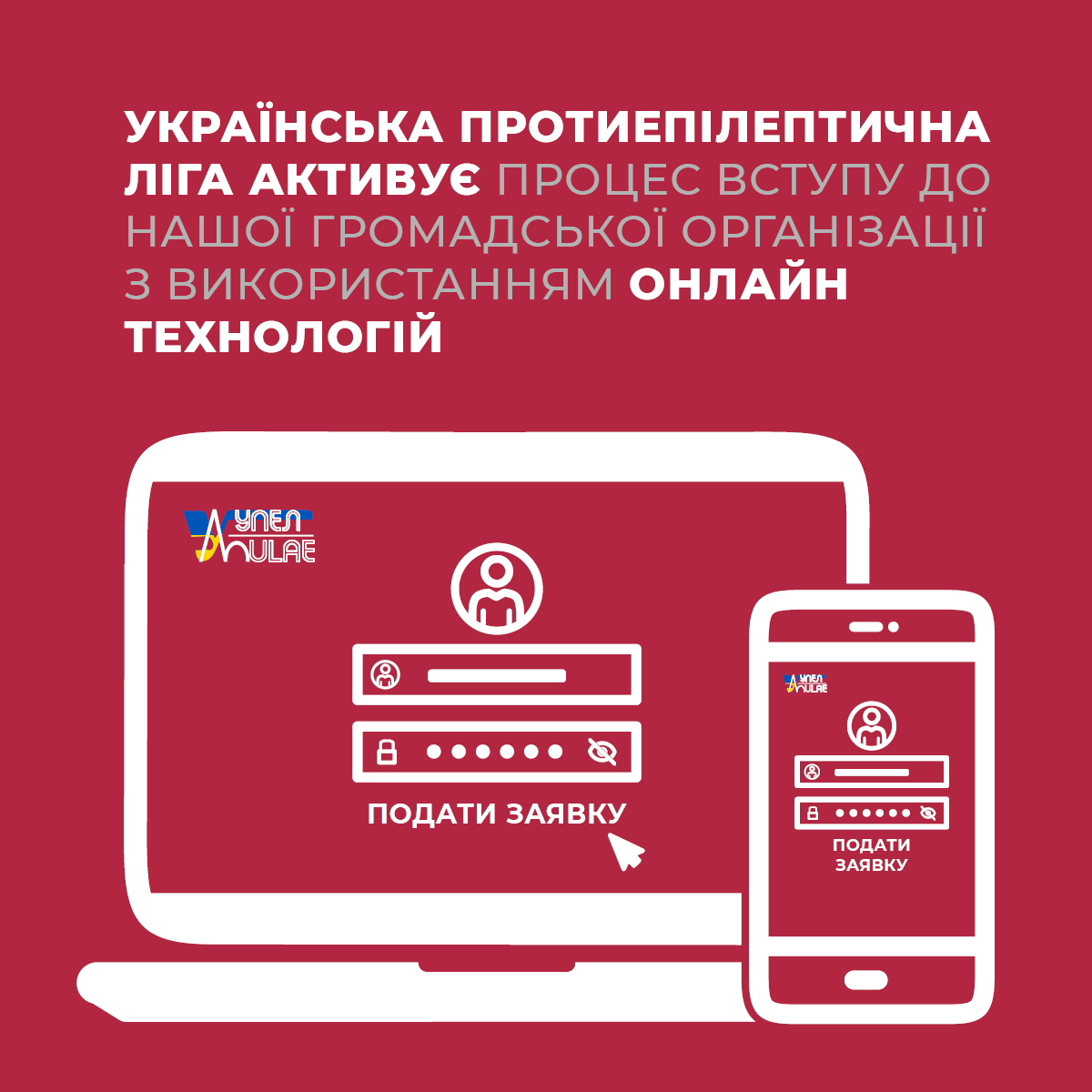Editor’s Choice vol. 114: Normalization and cross-sectional validation
of an extended adverse event profile (E AEP) in a large cohort of patients with epilepsy.
Markus Reuber MD PhD, Academic Neurology Unit, University of Sheffield, Royal
Hallamshire Hospital, Glossop Road, Sheffield, S10 2JF
In 2005 the ILAE and IBE jointly produced a conceptual definition of epilepsy as “a disorder of the brain characterized by an enduring predisposition to generate epileptic seizures, and by the neurobiologic, cognitive, psychological, and social consequences of this condition” (1). While this definition was further refined with a “practical clinical definition” in 2014 it has not been revoked (2). As seizures are not the only manifestation of epilepsy, the abolishment of seizures cannot be the sole aim of treatment. Especially when seizures cannot be fully controlled with treatment, it often becomes apparent that a balance needs to be struck between the impact of seizures and that of the side effects of treatment. Indeed, among patients with epilepsy who are continuing to experience seizures, health related quality of life is more closely related to mental & cognitive wellbeing as well as other non-seizure physical symptoms than with the frequency or severity of seizures (3).
If the possible “off-target” effects of epilepsy treatment (chiefly antiseizure medications, ASMs) are so important for how well people feel and function – how should they be detected and monitored? In order to capture the broad range of potential side effects (including symptoms such as fatigue, mood change, problems with balance and vision, slowness of thinking, insomnia, autonomic changes, skin rashes) a number of inventories such as the Neurological and Systemic Adverse Event Rating Scales (N&SAERS) (4) and the Adverse Event Profile (AEP) (5) have been developed.
But what actions should patients and clinicians take when a particular symptom has been reported? – In order to make appropriate choices about medication changes or dose adjustments, patients and clinicians need to make judgements about the cause of these symptoms. Many potential ASM side effects are common in the “healthy” general population. They may also be manifestations of the brain disorder causing epileptic seizures or of comorbid conditions. In all of these cases it may not be necessary or helpful to change an ASM that is making a useful contribution to a patient’s seizure control. While randomised placebo-controlled studies teach us about the side effect profiles of drugs at group level, the information gained from such trials about side effects does not tell us much about whether the symptom reported by a particular patient in clinic is likely related to their ASM or not.
My editor’s choice from the current volume of Seizure, is a retrospective comparison by Helmstaedter et al. of a large clinical dataset collected from patients with treatment resistant epilepsy using an extended version of the AEP (E AEP) with E AEP data provided by a large general population sample (6). The normalisation of the E AEP suggests that between one and two thirds of patient-reported symptoms on the E AEP scale are unlikely to be
related to ASM. While future analysis of longitudinal E AEP changes associated with specific medication alterations may provide additional information about the likely relationships between ASMs and patient-reported symptoms, this paper takes and important step forward in the analysis of potential patient-reported ASM side effects. The use of the normalized analysis of reported symptoms should help clinicians and patients to make better decisions when they contemplate whether or not to make changes to ASMs because of possible side effects.
References
(1) Fisher RS, van Emde Boas W, Blume W, et al. Epileptic seizures and epilepsy:
definitions proposed by the International League Against Epilepsy (ILAE) and the
International Bureau for Epilepsy (IBE). Epilepsia 2005;46:470–472.
(2) Fisher RS, Acevedo C, Arzimanoglou A, Bogacz A, Cross JH, Elger CE, Engel J Jr,
Forsgren L, French JA, Glynn M, Hesdorffer DC, Lee BI, Mathern GW, Moshé SL,
Perucca E, Scheffer IE, Tomson T, Watanabe M, Wiebe S. ILAE official report: a
practical clinical definition of epilepsy. Epilepsia. 2014 Apr;55(4):475-82.
(3) Rawlings GH, Brown I, Reuber M. Predictors of health-related quality of life in
patients with epilepsy and psychogenic nonepileptic seizures. Epilepsy Behav
2017;68,153-58.
(4) Cramer JA, Steinborn B, Striano P, Hlinkova L, Bergmann A, Bacos I, Baukens C, Buyle
S. Non-interventional surveillance study of adverse events in patients with epilepsy.
Acta Neurol Scand 2011; 124:13-21.
(5) Baker, G.A., Jacoby, A., Frances, P. and Chadwick, D.W. The Liverpool Adverse Drug
Events Profile. Epilepsia 1995; 36:559.
(6) Helmstaedter C, Meschede C, Mastani S, Moskau-Hartmann S, Rademacher M, von
Wrede R, Witt J-A. Normalization and cross-sectional validation of an extended
Adverse Event Profile (E AEP) in a large cohort of patients with epilepsy. Seizure.
2023 Nov 22;114:9-17.





